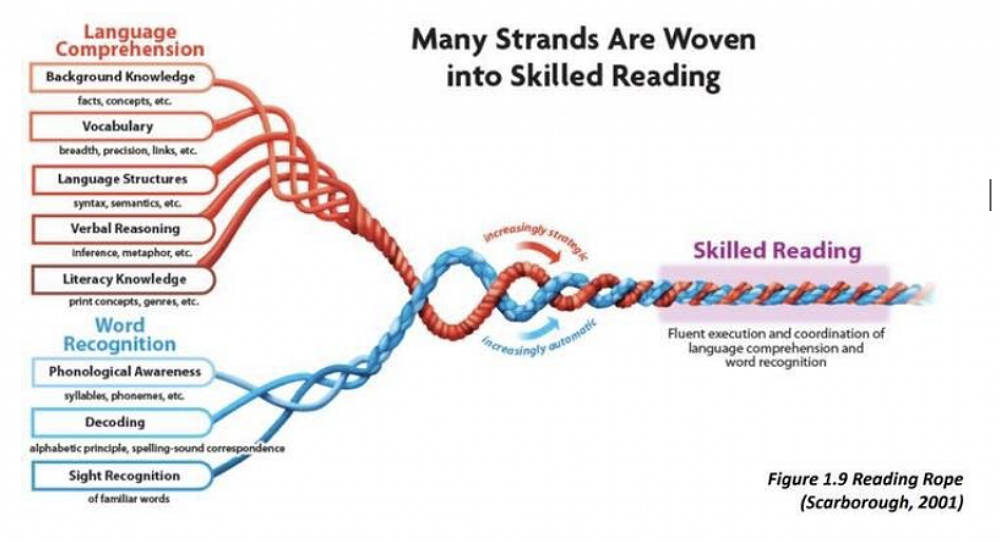
Structured Literacy at PPS
At Papanui Primary we are beginning to implement a structured approach to literacy with the aim to raise learner achievement and increase teacher knowledge. A Structured Literacy approach is a highly explicit and systematic way of teaching all important components of literacy. These components include both foundational skills (e.g., decoding (reading), spelling, handwriting and letter formation) and higher-level literacy skills (e.g., reading comprehension, written expression).
Structured literacy (SL) also emphasises oral language abilities essential to literacy development, including phonemic awareness, sensitivity to speech sounds in oral language, and the ability to manipulate those sounds (International Dyslexia Association).

Decode means to "crack the code" and that’s exactly what children must learn to do to become successful readers. Systematic phonics has been proven through scientific research time and time again as the most effective way to teach reading. If children can’t decode the words on a page they will fail in their journey to access text.
When ready, children must be taught knowledge of letters and sounds and the skills of sounding and blending. However, this is not enough to know how to read as the knowledge and skills must be practised over and over to achieve mastery. Without decodable readers, this practise cannot take place.
Essentially, learning to read is like learning to ride a bike. Decodable readers are like the training wheels on a bike, once the reader is proficient, the training wheels come off. Without explicit instruction and decodable readers, the child may need the training wheels forever.
At Papanui Primary the Structured Literacy approach to teaching reading and spelling will initially be taught in Years 0-2 with an aim to grow it through our school. Our professional learning is supported by Learning Matters who are an evidence-based specialist education service. Their philosophy is based on bridging the gap between neuroscience and education.
As we begin our journey in 2021 we want to acknowledge the commitment of our teachers to undergo this journey and also the phenomenal investment by the BOT. We have invested in Sunshine Decodable Readers, the Heggerty Phonological Awareness Programme and will also use the Ministry of Education's new Ready to Read, Phonics Plus readers.
We use phonological awareness screening tests to assess learners current knowledge and gaps. They need to learn about 44 sounds and over 170+ spelling patterns to help them to crack the alphabetic code. We follow a scope and sequence to learning these that is explicit and systematic.
The video below is from Alison Clarke, a Speech Pathologist who created the Spelfabet website. It will give you an insight into the breadth of sounds that children need to learn, why it is difficult and therefore why a systematic and explicit approach to teaching and learning is essential.

